Manual
vs. Computerized Bookkeeping
-
What is Manual Bookkeeping?
-
What is Computerized Bookkeeping?
-
Key Differences
Manual vs. Computerized Bookkeeping
Bookkeeping can be done in different
ways, depending on the tools you use. According to accounting basics:
“Manual bookkeeping involves recording financial transactions by hand using physical books or ledgers, while computerized bookkeeping uses digital software to enter, store, and process financial data.”
Let’s break this down into simple terms so you can understand which method suits your needs best.
“Manual bookkeeping involves recording financial transactions by hand using physical books or ledgers, while computerized bookkeeping uses digital software to enter, store, and process financial data.”
Let’s break this down into simple terms so you can understand which method suits your needs best.
1. What is Manual Bookkeeping?
Manual bookkeeping is the
traditional way of doing things. You use a pen, paper, and physical ledger
books to record transactions. Every sale, expense, or payment is written
down by hand. This method requires accuracy, neatness, and consistency.
It's slow but straightforward and gives a strong understanding of how
transactions work behind the scenes.
Manual bookkeeping might still be used by very small businesses, those with very few transactions, or those who prefer to stay off digital tools. It’s also helpful for learning bookkeeping from the ground up.
Manual bookkeeping might still be used by very small businesses, those with very few transactions, or those who prefer to stay off digital tools. It’s also helpful for learning bookkeeping from the ground up.
2. What is Computerized Bookkeeping?
Computerized bookkeeping involves
using software or apps to record and manage financial data. Programs
like QuickBooks, Xero, Excel, or even custom-built tools allow you to
enter transactions quickly, generate reports automatically, and spot errors
easily.
This method is fast, efficient, and more accurate than manual bookkeeping. It reduces paperwork, saves time, and gives you access to advanced features like inventory tracking, bank reconciliation, and real-time financial reports.
This method is fast, efficient, and more accurate than manual bookkeeping. It reduces paperwork, saves time, and gives you access to advanced features like inventory tracking, bank reconciliation, and real-time financial reports.
3. Key Differences in a Practice
In manual bookkeeping,
everything is handwritten—ledgers, journal entries, and calculations. There’s a
higher risk of mistakes due to human error, and creating reports can be
time-consuming.
In computerized bookkeeping, most tasks are automated. You enter the transaction once, and the system updates multiple accounts, generates financial statements, and even reminds you about due bills. It’s perfect for growing businesses, accountants, and anyone who values speed and accuracy.
Think of it like this:
Manual bookkeeping is like riding a bicycle.
Computerized bookkeeping is like driving a car.
Both get you to the destination—but one is clearly faster and more powerful.
In computerized bookkeeping, most tasks are automated. You enter the transaction once, and the system updates multiple accounts, generates financial statements, and even reminds you about due bills. It’s perfect for growing businesses, accountants, and anyone who values speed and accuracy.
Think of it like this:
Manual bookkeeping is like riding a bicycle.
Computerized bookkeeping is like driving a car.
Both get you to the destination—but one is clearly faster and more powerful.
Key Takeaways
✅ Manual bookkeeping uses paper-based records and is simple
but time-consuming.
✅ Computerized bookkeeping uses software to enter and manage transactions faster and more accurately.
✅ Computerized bookkeeping uses software to enter and manage transactions faster and more accurately.
✅ Manual systems are useful for beginners or very small
operations.
✅ Computerized systems are ideal for growing businesses and save time and effort.
✅ Choosing the right method depends on your business size, comfort with technology, and need for reporting.
✅ Computerized systems are ideal for growing businesses and save time and effort.
✅ Choosing the right method depends on your business size, comfort with technology, and need for reporting.
Write your awesome label here.
Access all Accounting and Bookkeeping Courses from One Portal.
Mastering Bookkeeping and Accounting
MBA simplifies accounting, ledger management, account balancing and financial statement preparation.
QuickBooks Online For Bookkeepers
From Beginner to Expert: Master QuickBooks Online. Effortlessly Navigate, Analyze Transactions, and Unlock its Full Potential.
Xero Accounting For Bookkeepers
Learn how to use Xero, the leading online accounting software to perform most of the essential bookkeeping tasks.
ChatGpt for Bookkeepers and Accountants
Learn how to use the ChatGPT prompt toolkit to simplify daily accounting tasks for accountants and bookkeepers instantly.
Subscribe to our newsletter
Stay informed with the latest accounting tips, tools, and updates from Accountutor right in your email inbox.
Thank you!
Policy Pages
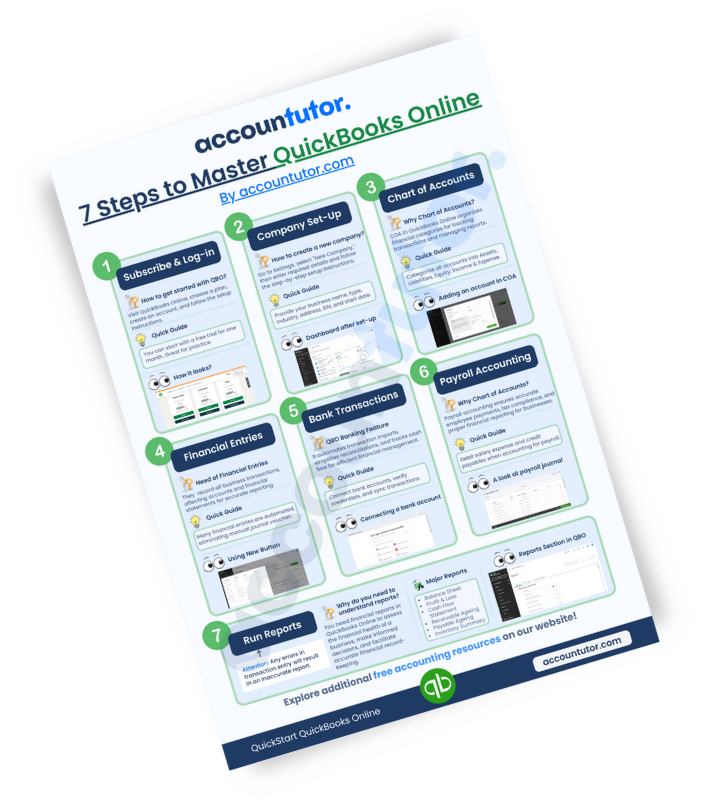
Download QuickBooks Online PDF Guide
Thank you!
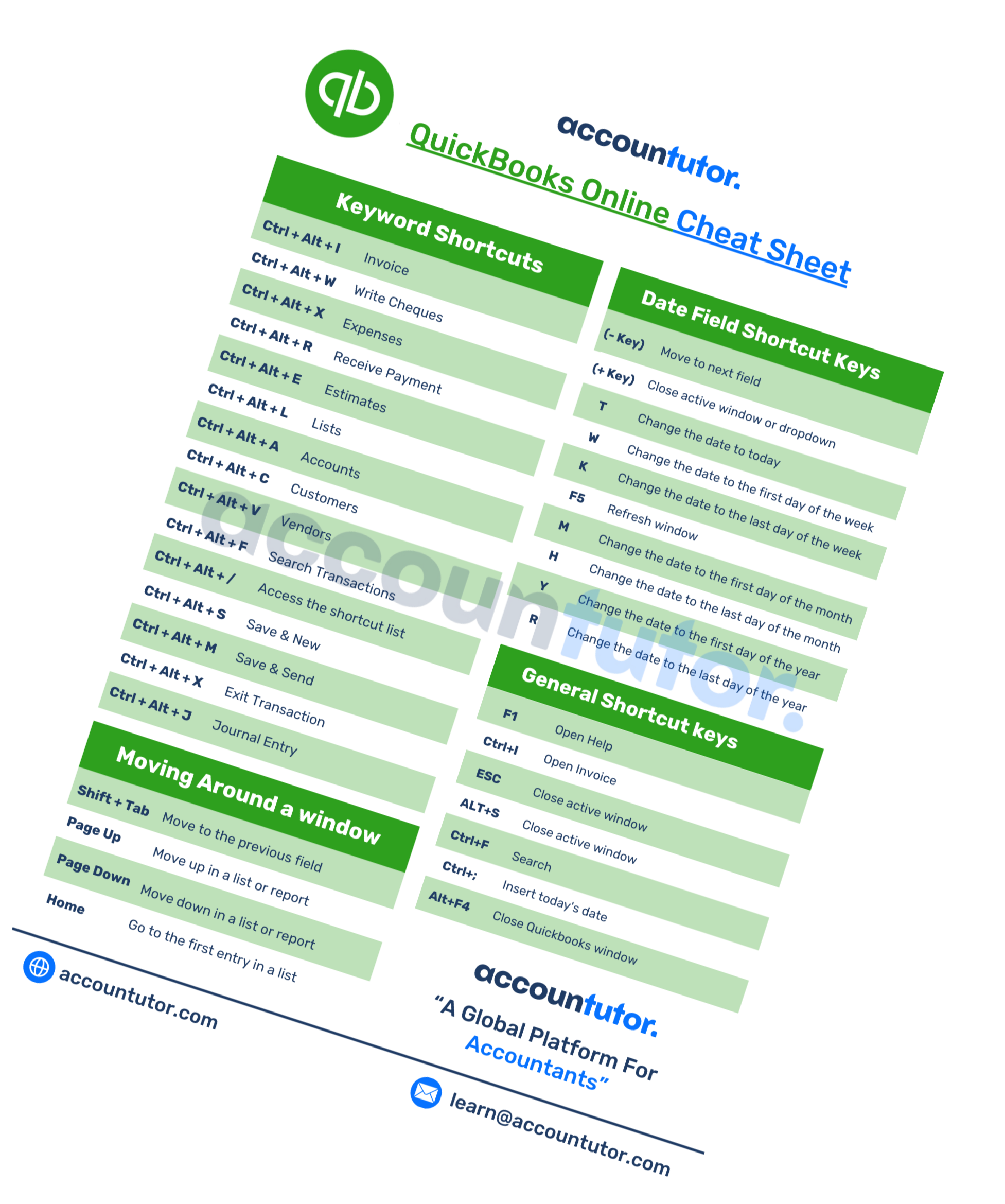
Download QuickBooks Online Cheat Sheet
Thank you!
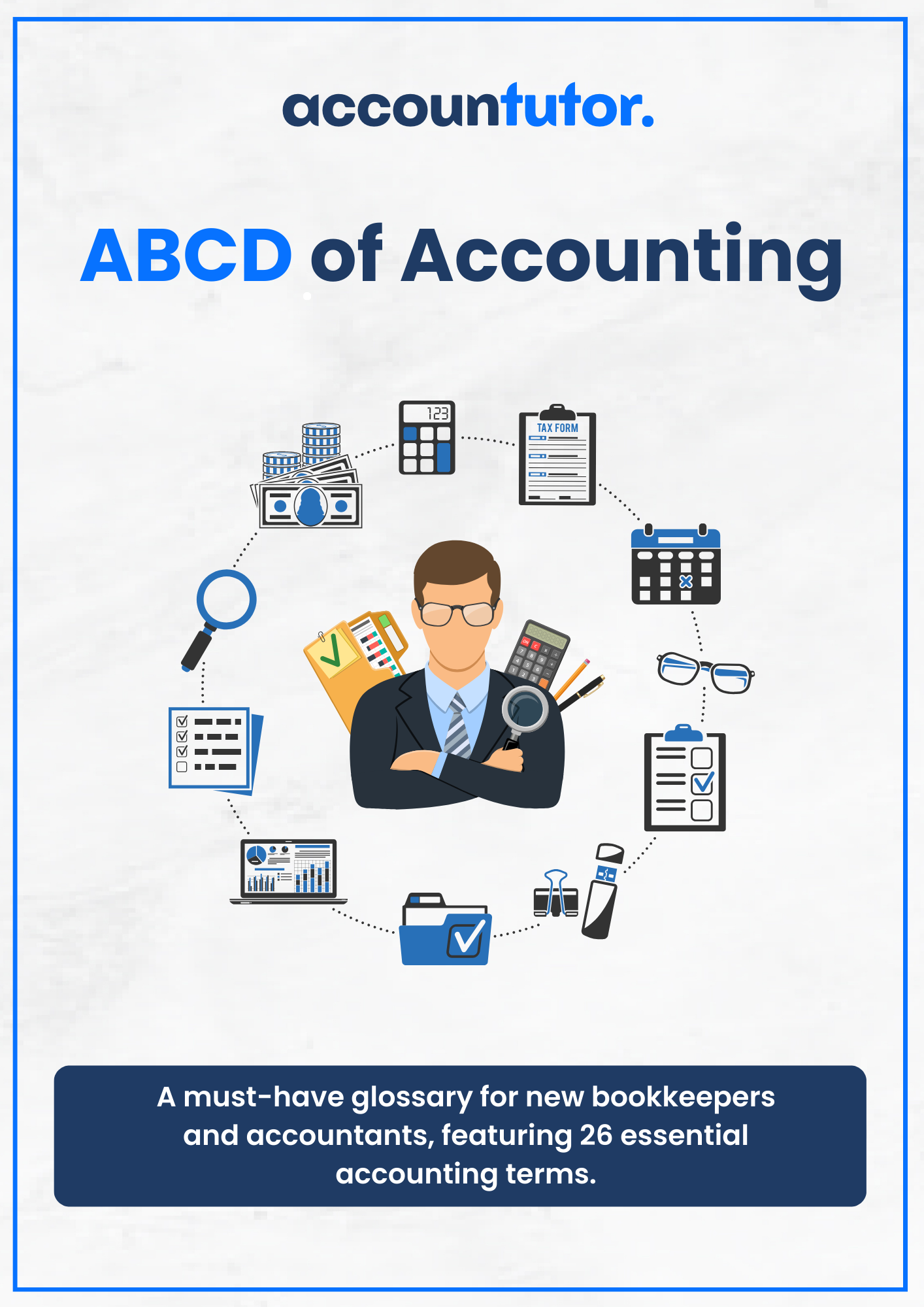
Download ABCD of Accounting
Thank you!
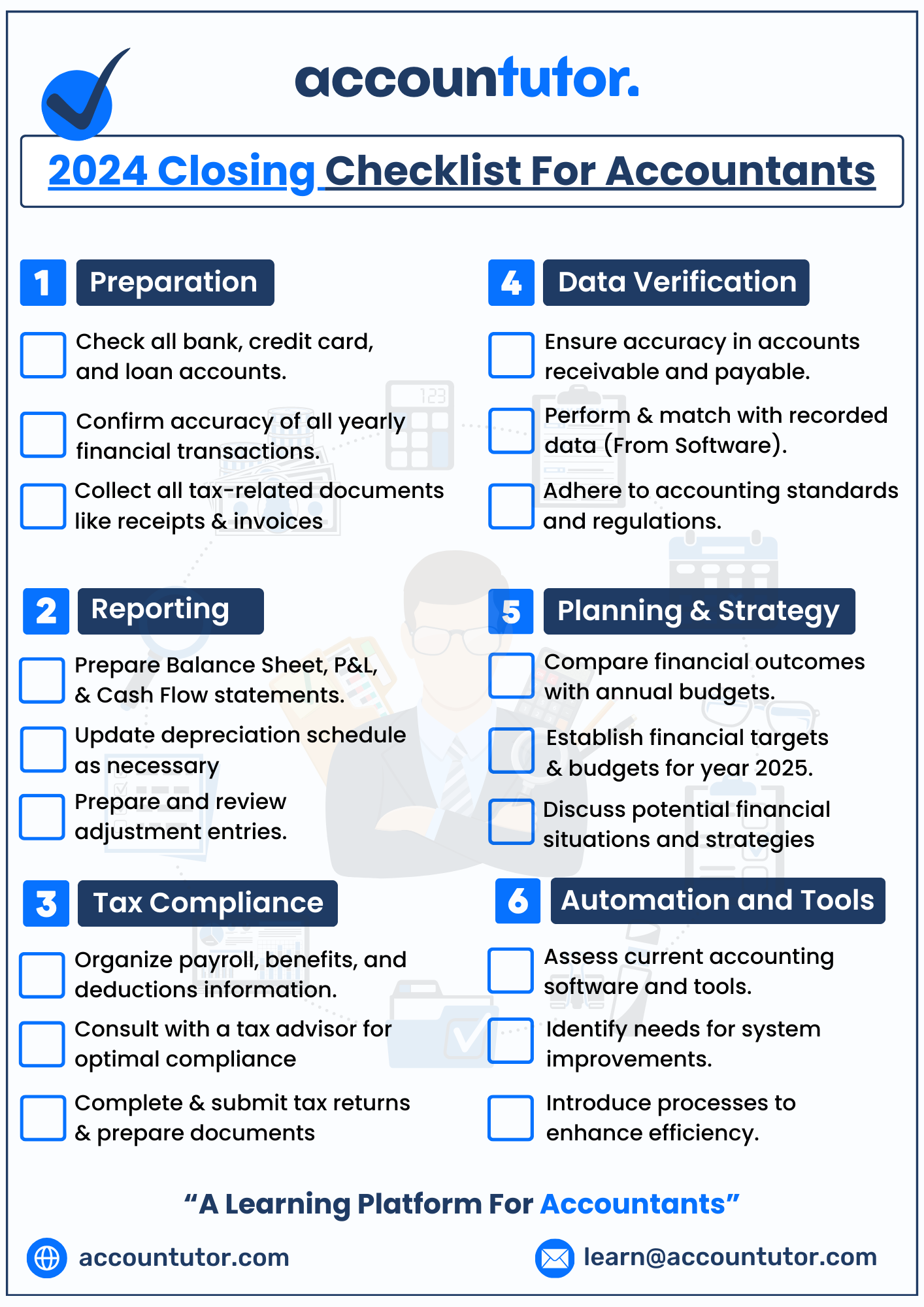
Download Checklist 2024
Thank you!
Register For Free!
Thank you!
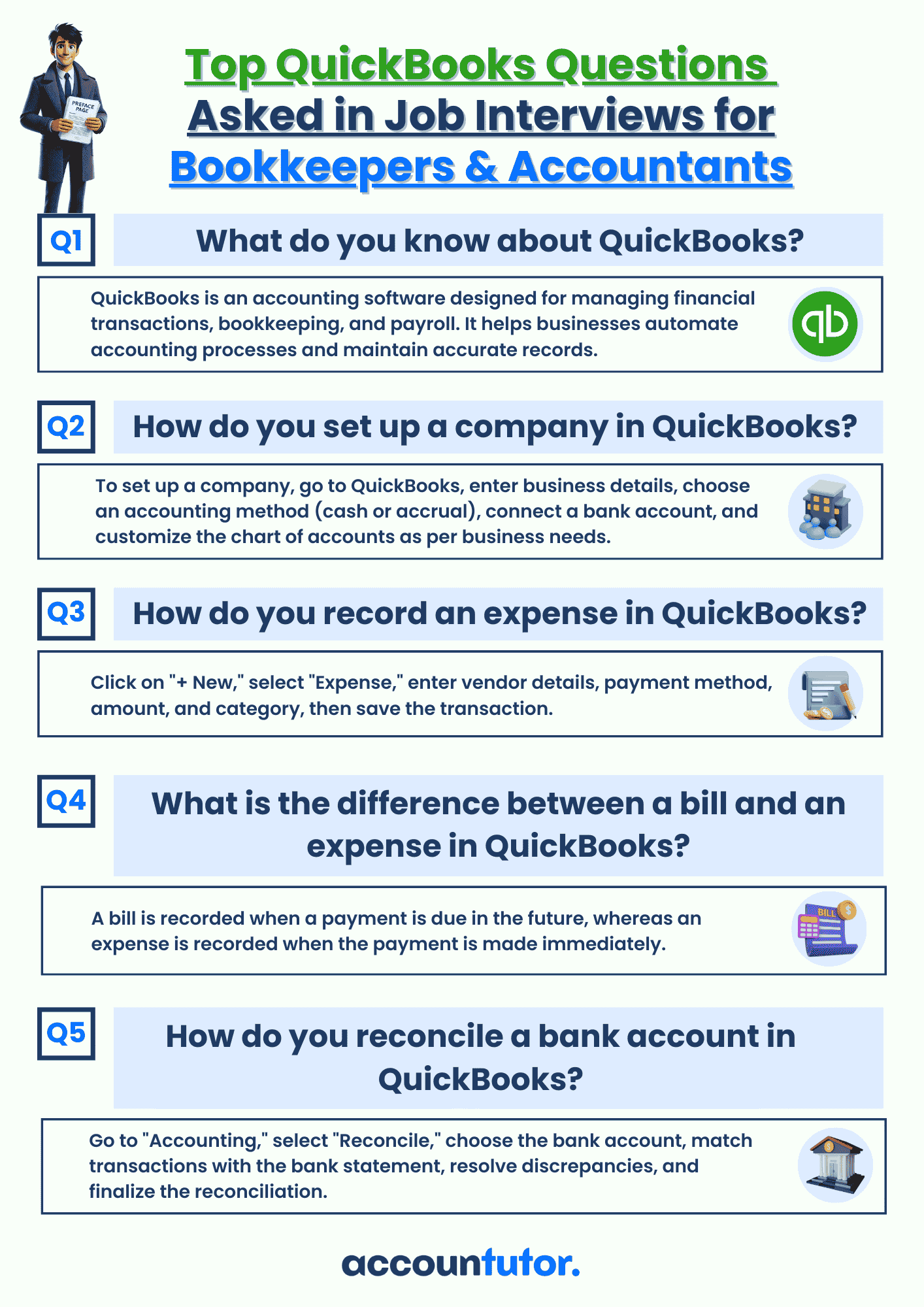
Download Interview Questions
Thank you!
Register for this webinar: How to Master QuickBooks Online— Without Feeling Overwhelmed
7th JUNE 2025 | 8:00 AM PST | 11:00 AM EST
Thank you! The joining link will be sent to your email shortly!
Webinar joining link will be sent to your email address.
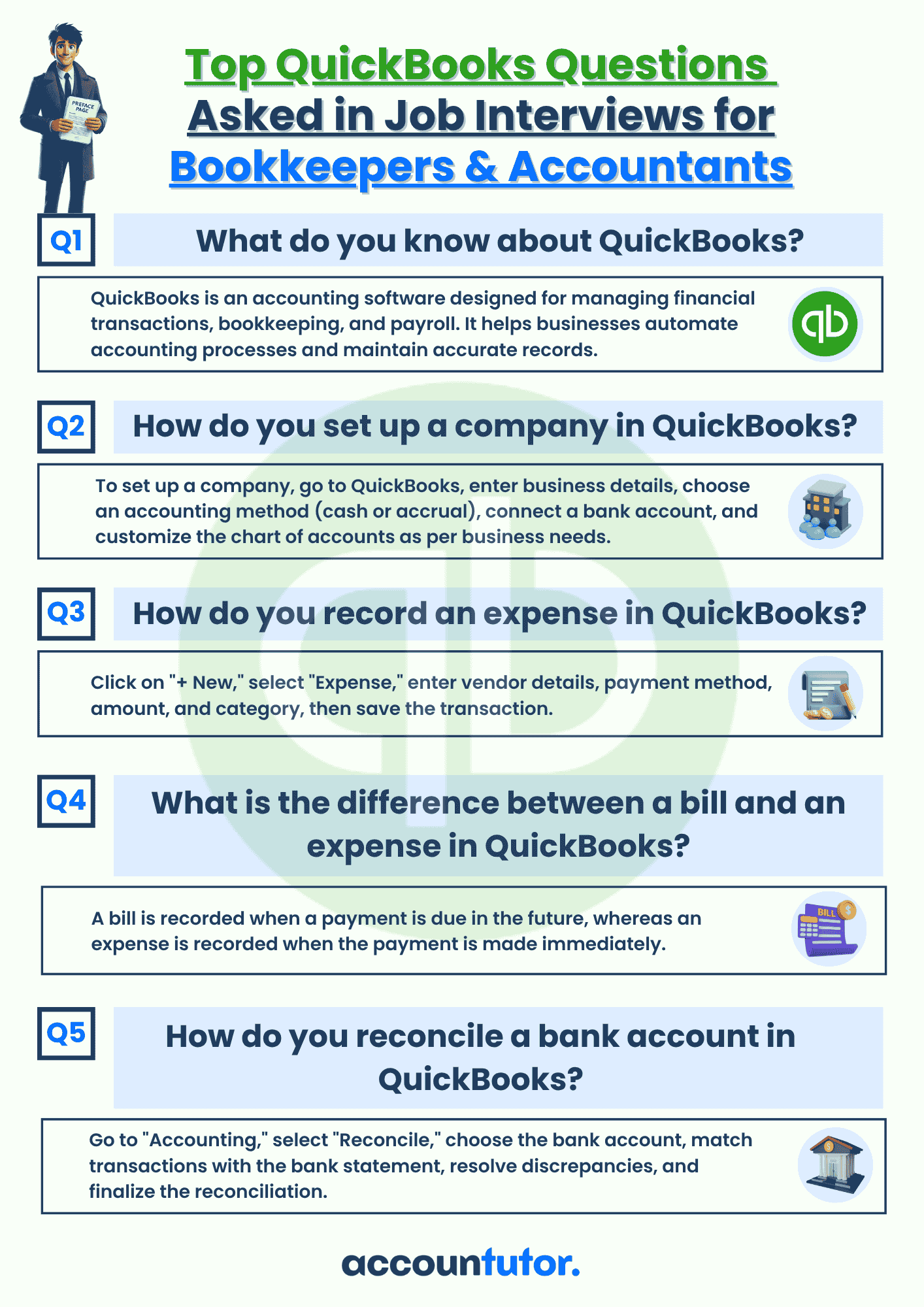
Download QBO Job Interview Questions and Answers PDF
Thank you!
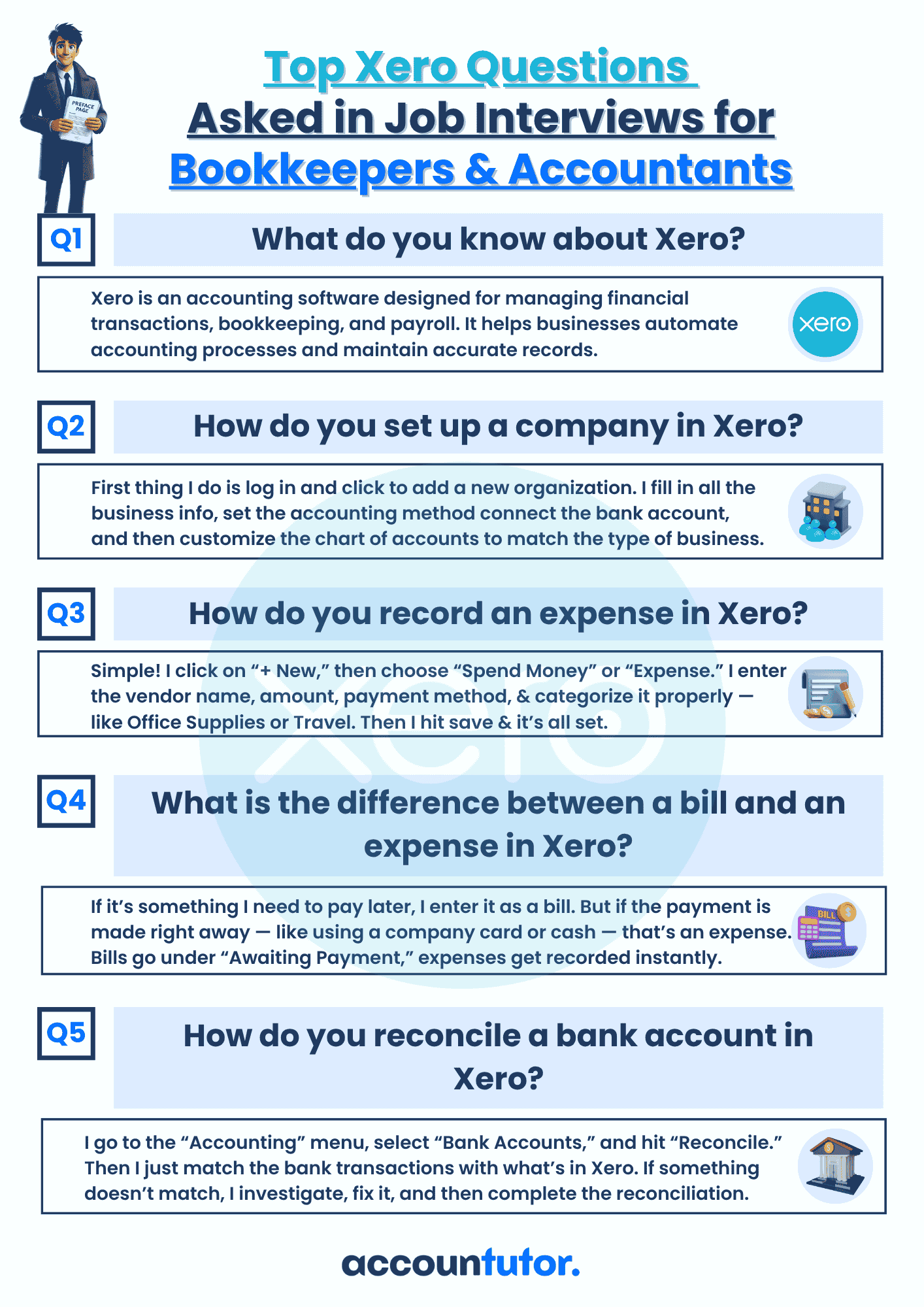
Download Interview Questions
Thank you!

Download 50 Interview Questions For Bookkeepers
Thank you!
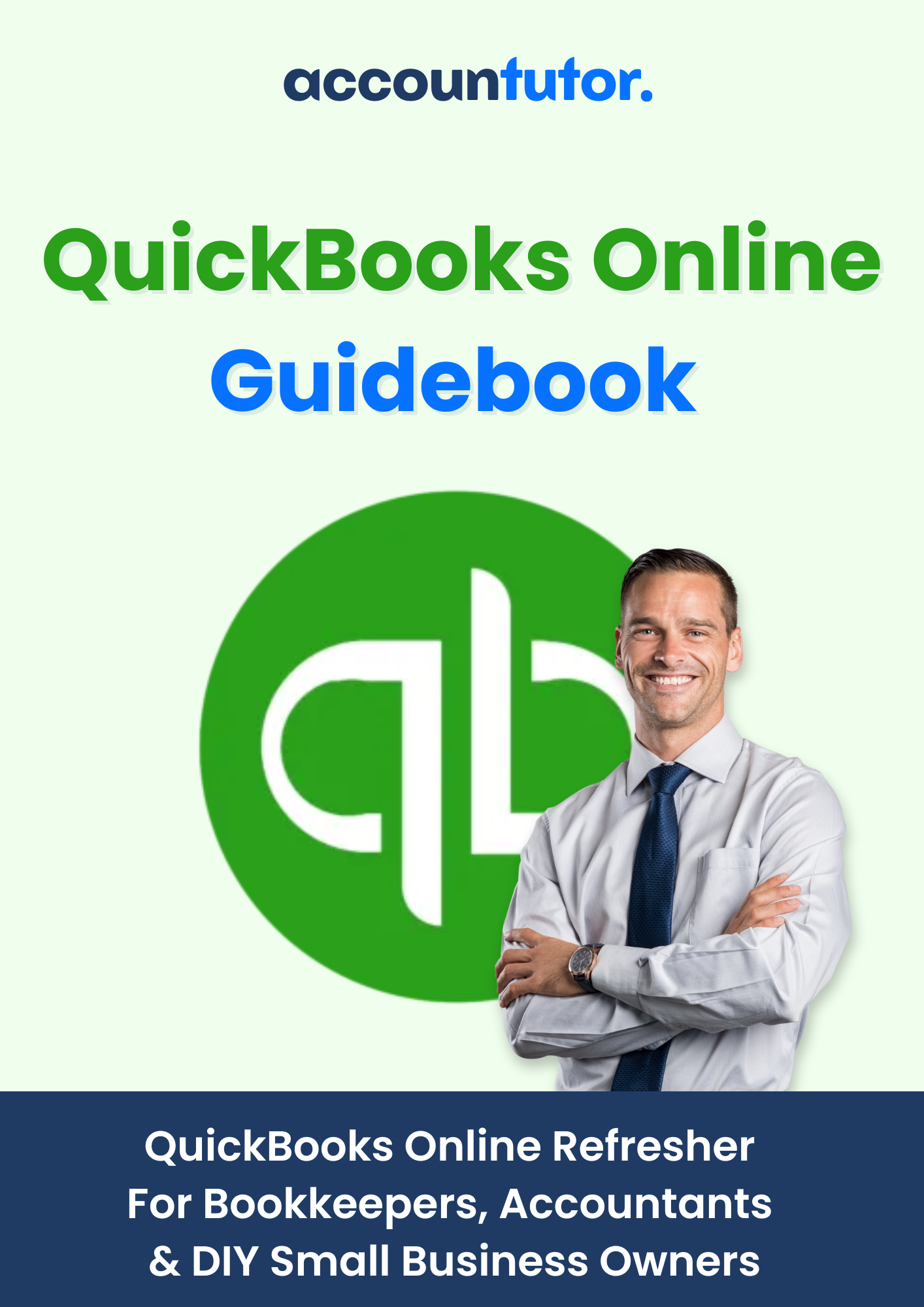
Download QuickBooks Online Guidebook
Thank you!

